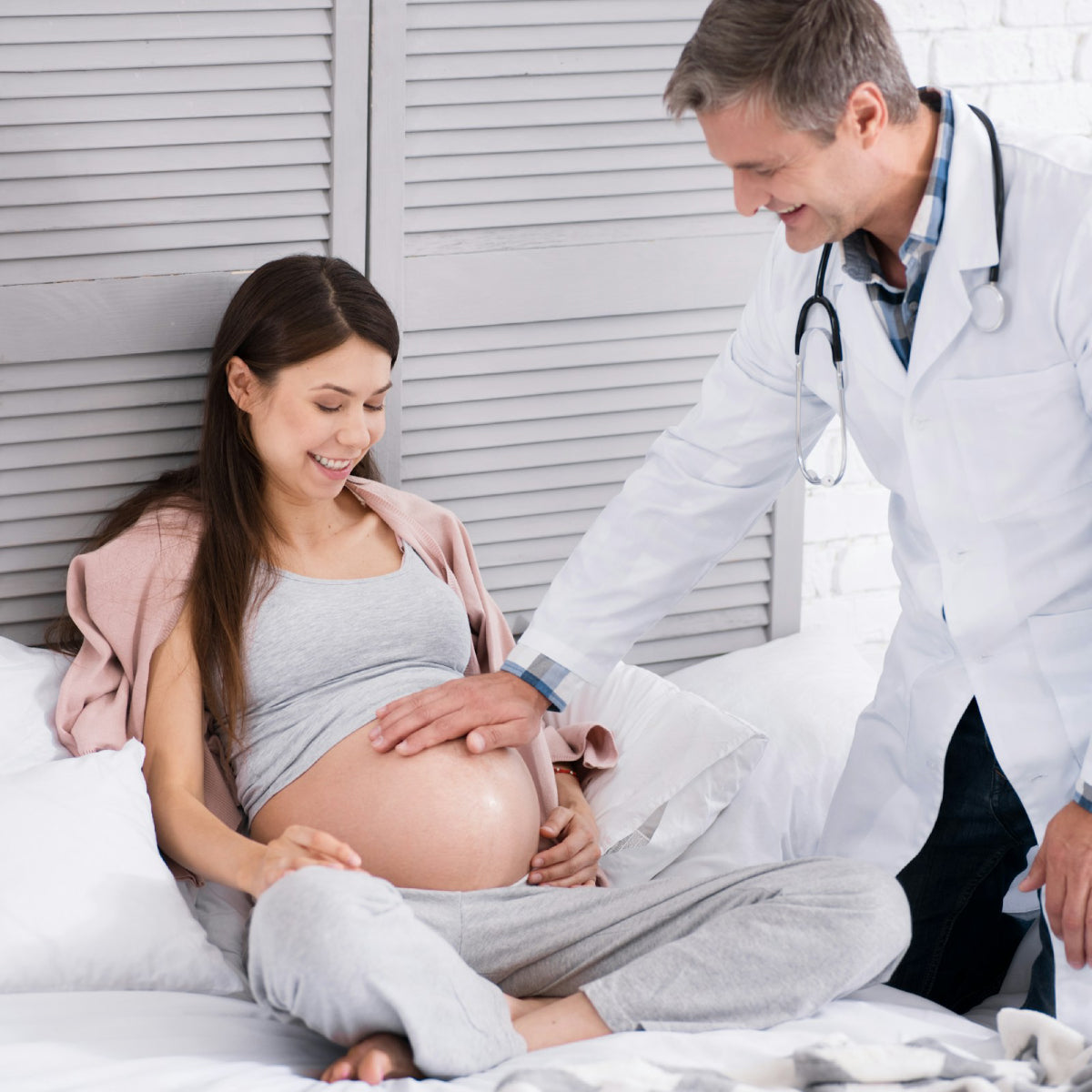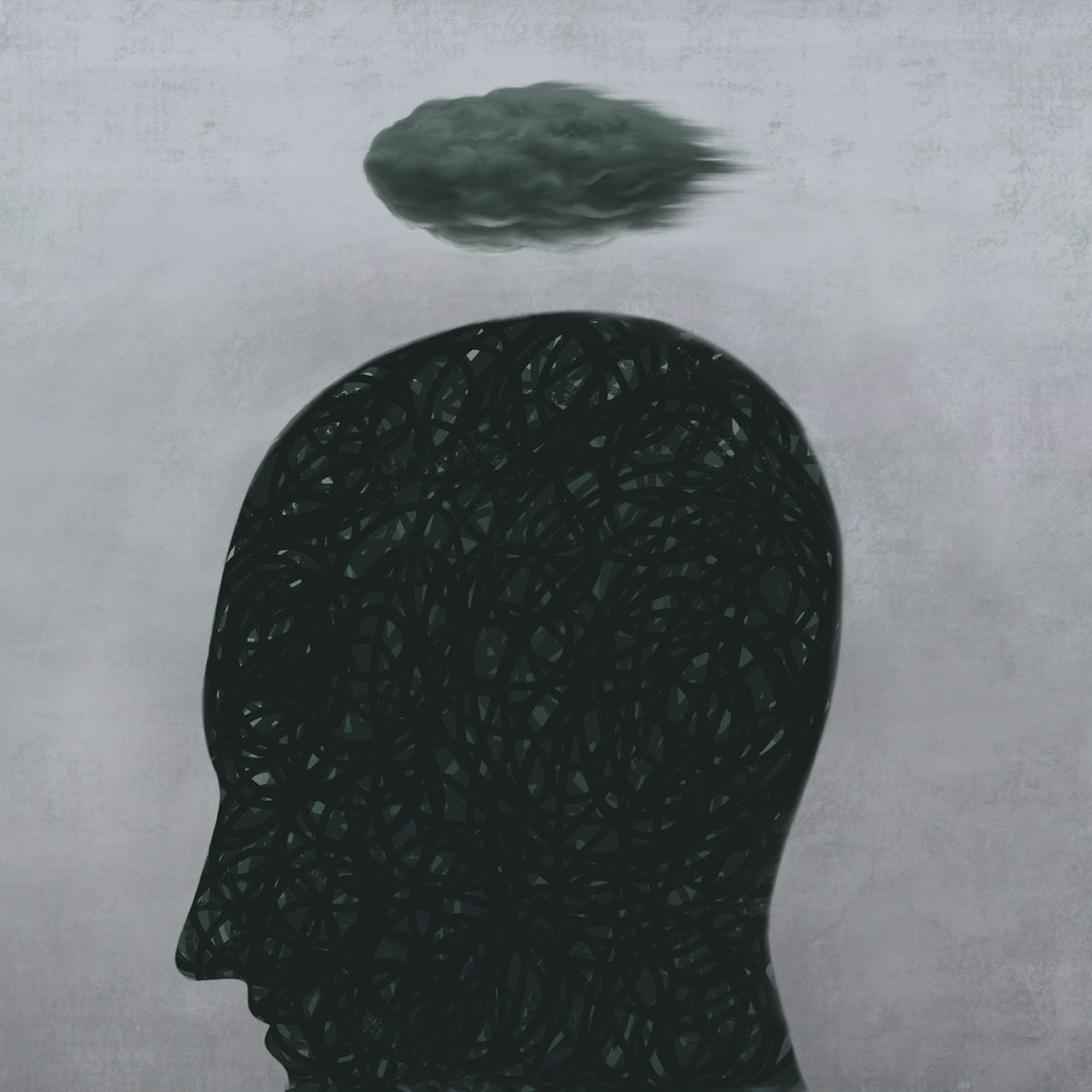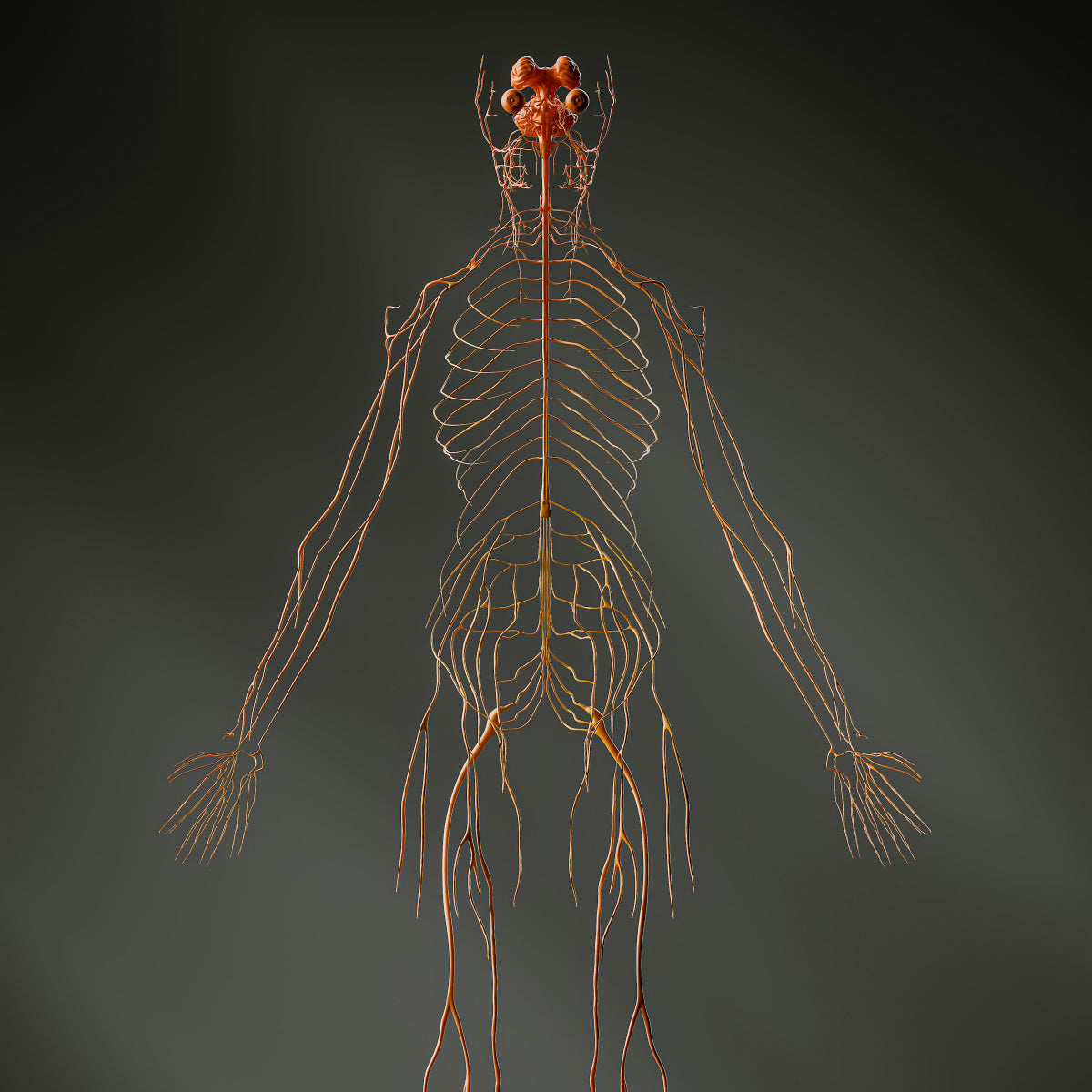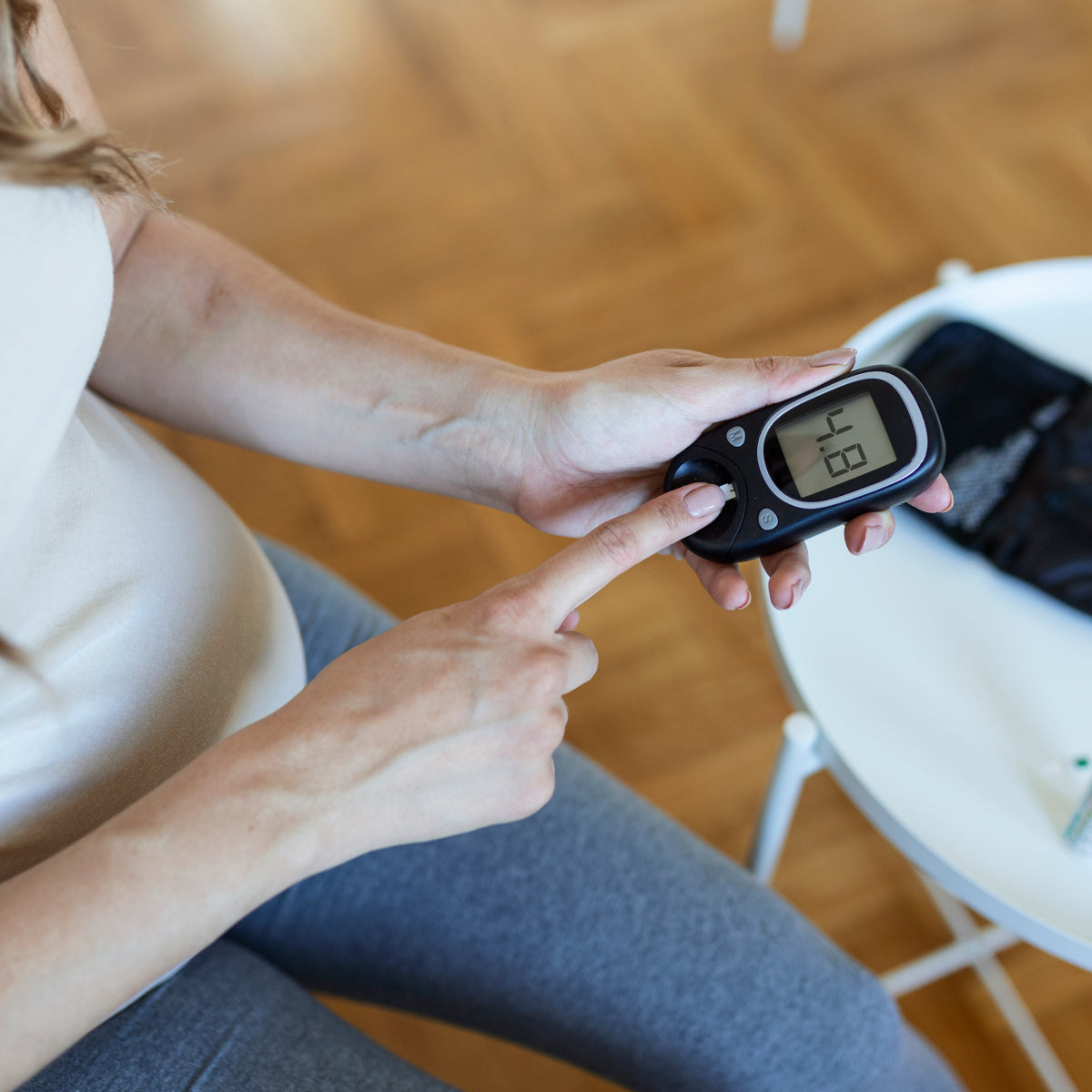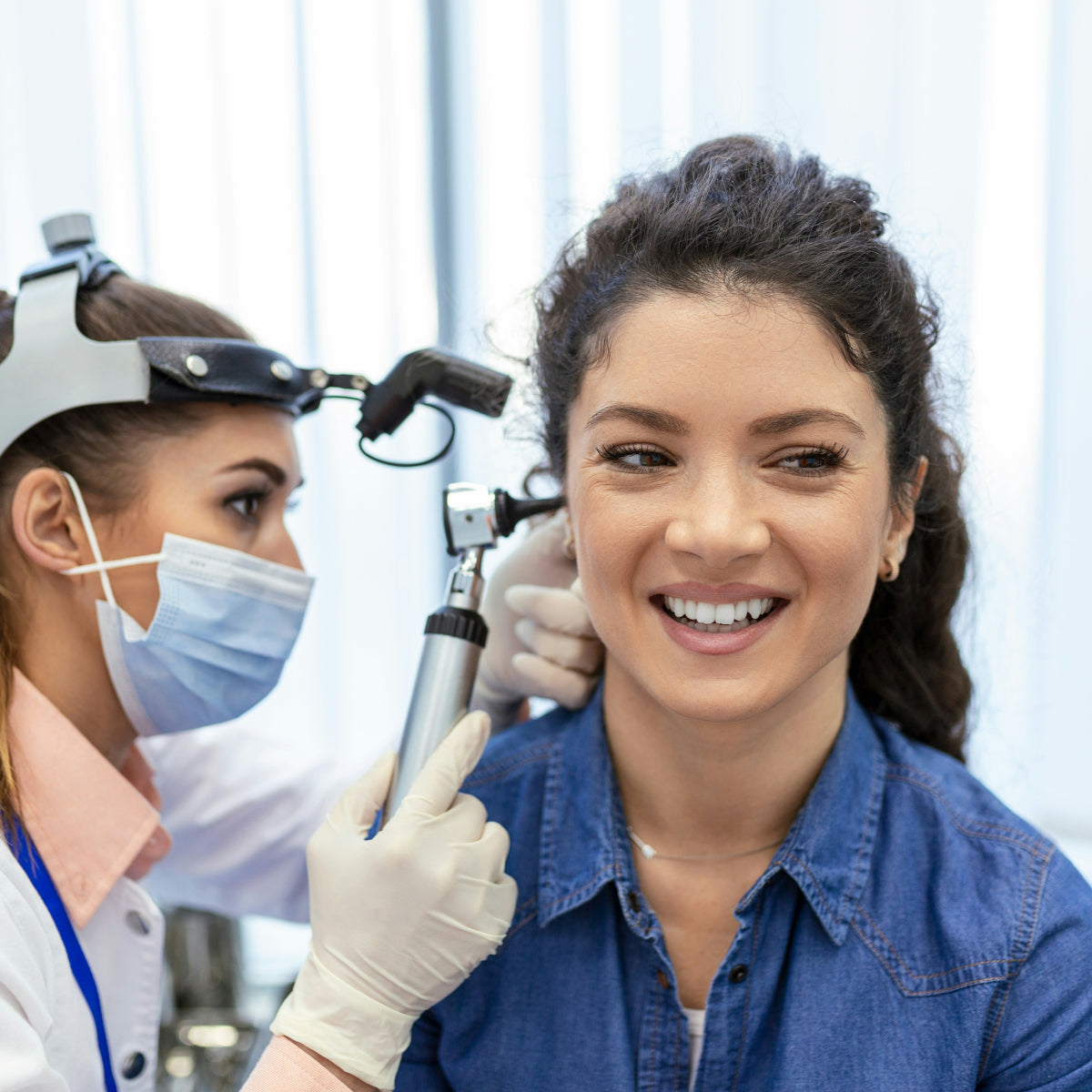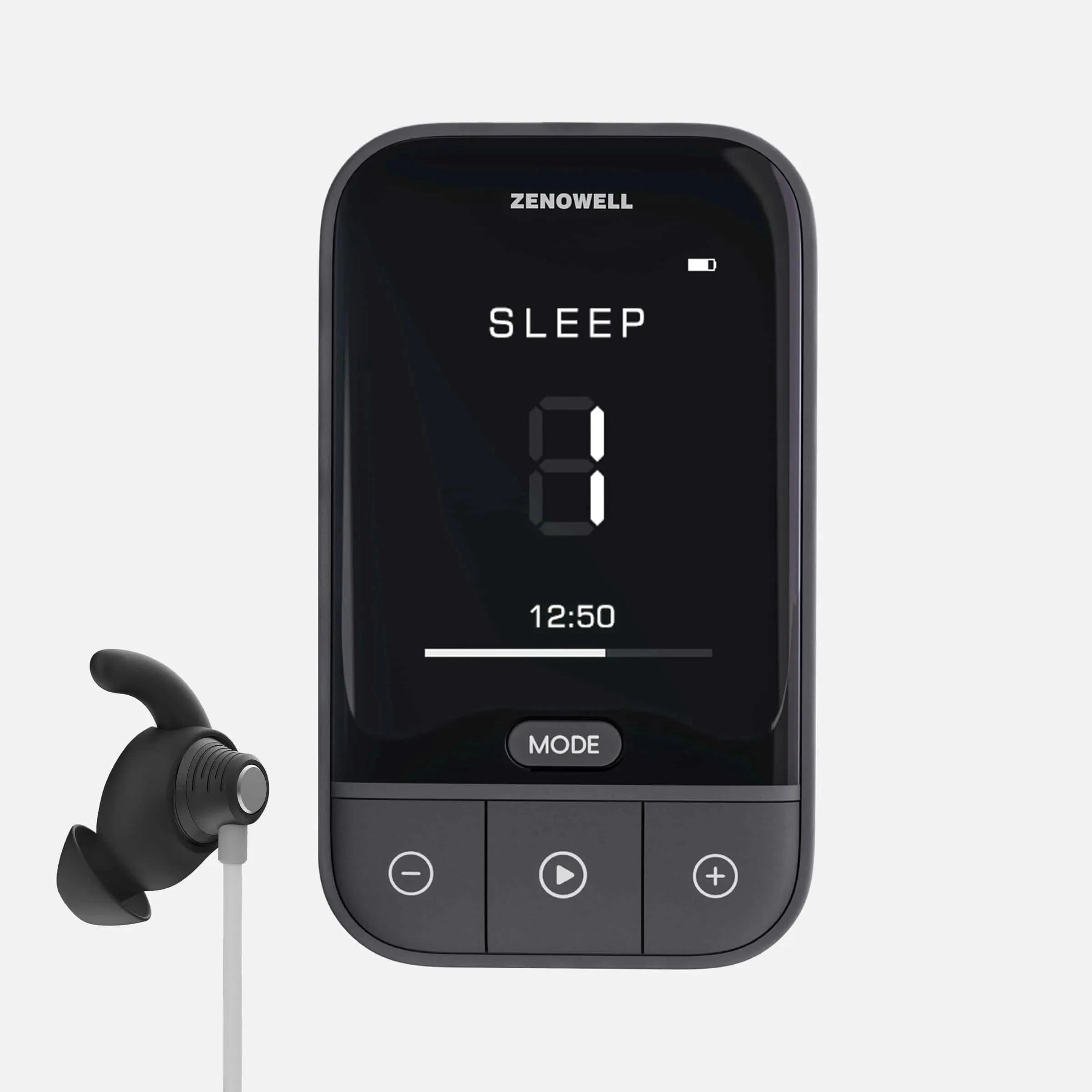Post‑COVID POTS: Recognition, mechanisms, and an emerging non‑drug adjunct
A growing number of people—especially after COVID19—report rapid heart rate, dizziness, cognitive slowing, and disproportionate fatigue when upright. While often mislabeled as anxiety or simple deconditioning, many fit diagnostic criteria for Postural Orthostatic Tachycardia Syndrome (POTS). Increased awareness is essential for timely management and prevention of secondary disability.
What Is POTS?
POTS is a form of autonomic nervous system dysfunction characterized primarily by excessive heart rate increase on assuming upright posture. Diagnostic heart rate criterion (adults): Sustained increase of at least 30 beats per minute (bpm) within 10 minutes of standing or head‑up tilt, in the absence of orthostatic hypotension (a significant blood pressure drop).
Adolescents (12–19 years): Threshold is typically 40 bpm. Symptoms (not all are required):
l Palpitations or rapid heart rate
l Lightheadedness, presyncope (near fainting)
l “Brain fog” (slowed processing, word-finding difficulty)
l Marked fatigue and post-exertional symptom exacerbation
l Exercise intolerance
l Tremulousness
l Dyspnea or air hunger on minimal exertion
l Gastrointestinal discomfort (nausea, bloating, early satiety)
l Temperature dysregulation, sweating changes, acrocyanosis
l Sleep disturbance, nonrestorative sleep
l Feeling simultaneously wired and exhausted.
Who Is Affected?
Epidemiology skew: Predominantly female (~75%), typically presenting in teens through 40s. Onset may follow a viral illness, surgery, concussion, or a period of relative inactivity. POTS is rarely life‑threatening but can be profoundly life‑altering, impacting school performance, employment, and psychosocial wellbeing.
Why the Post‑COVID Increase:
Post-acute sequelae of Covid19 includes a subset with orthostatic intolerance meeting POTS criteria. Contributing mechanisms under investigation:
l Post-viral immune modulation and persistent low-grade inflammation
l Functional autoantibodies targeting adrenergic or muscarinic receptors
l Relative hypovolemia and impaired volume regulation
l Venous pooling in splanchnic and lower extremity circulation
l Small fiber neuropathy in some individuals
l Deconditioning secondary to illness and activity avoidance
Representative Clinical Snapshot:
(post-COVID cohort data from emerging clinic reports):
l Mean age: mid-30s
l Female predominance: ~80%
l Most bothersome symptoms: palpitations, profound fatigue
l Elevated autonomic symptom burden (e.g., COMPASS-31 scores in the mid-40s)
l Significant fatigue severity (e.g., PROMIS Fatigue T-scores above normative mean)
l Pattern: Clinically similar to “classic” POTS but with heightened visibility and diagnostic momentum after the pandemic.
Autonomic Imbalance: The “Gas and Brake” Model
Standing challenges blood distribution: gravity shifts blood to the abdomen and lower limbs. In POTS:
l Sympathetic activation (“gas”) is exaggerated or compensatory.
l Parasympathetic (vagal) modulation (“brake”) is insufficient or delayed.
l Result: Tachycardia disproportionate to actual circulatory needs, contributing to symptoms. The vagus nerve also participates in inflammatory regulation; dysregulation may influence cognitive and fatigue dimensions.

Emerging Adjunct: Transcutaneous Auricular Vagus Nerve Stimulation (taVNS)
TaVNS uses low-level electrical stimulation applied to auricular regions innervated by the auricular branch of the vagus nerve (commonly cymba conchae, cavum conchae, or tragus). Preliminary (mostly small, early-phase) findings in related autonomic or inflammatory contexts suggest potential to:
l Enhance parasympathetic markers (e.g., certain heart rate variability [HRV] components)
l Temper excessive sympathetic outflow
l Modulate inflammatory mediators (pilot evidence, not definitive)
l Potentially improve orthostatic heart rate response or selected symptoms in subsets (requires larger sham-controlled trials)
Important Caveat: Evidence is early. taVNS is not an established cure for POTS. It should be considered experimental adjunctive therapy pending robust randomized data.
What to Track During a taVNS Trial
Anchor baseline data first (several days). Then monitor trends:
l Orthostatic heart rate: Supine (after ≥10 min rest) vs 5 and 10 minutes standing; record absolute values and delta.
l Symptom scores: Daily fatigue (0–10), brain fog (0–10).
l Orthostatic intolerance events: Near‑syncope frequency per week.
l Sleep quality rating (1–5) and total sleep time.
l Weekly HRV trend (avoid overinterpreting single-day fluctuations).
l Activity tolerance: Duration or intensity of recumbent cycling/rowing or walking before symptom exacerbation.
l Any adverse sensations: Ear skin irritation, headache, arrhythmia symptoms.
Clinical Questions to Discuss Before Initiation
l Do my symptoms and testing fulfill formal POTS criteria (or another dysautonomia subtype)?
l Are there contraindications (cardiac arrhythmias under evaluation, implanted electrical devices, open ear lesions, epilepsy history)?
l How will success be operationally defined (quantitative targets)?
l What is the recommended stimulation schedule and review checkpoint?
l How does this integrate with my graded exercise prescription and any pharmacologic regimen (e.g., beta-blocker, ivabradine, midodrine, fludrocortisone, pyridostigmine)?
l When should we escalate to further diagnostics (tilt table, small fiber biopsy, autoimmune panels)?
Current Research Gaps
l Adequately powered, shamcontrolled taVNS trials in classic vs postCOVID POTS cohorts
l Dose–response optimization (frequency, waveform, duty cycle, total cumulative exposure)
l Stratification by subtype (hyperadrenergic, hypovolemic, neuropathic, deconditioningpredominant)
l Objective cognitive testing (processing speed, working memory) linked to intervention
l Biomarkers: Autoantibodies, cytokine panels, plasma/standing norepinephrine, baroreflex sensitivity, microcirculatory assessments
l Long-term safety and adherence in adolescents and young adults
l Combined effect with structured reconditioning and pharmacologic modulation
Myths vs Facts
Myth: It is just anxiety.
Fact: POTS involves measurable autonomic alterations (heart rate, peripheral blood flow, neurohumoral markers). Anxiety may coexist but is not the root cause in most cases.
Myth: You only need to push more cardio.
Fact: Overexertion can worsen symptoms; protocols emphasize recumbent or semi-recumbent training with gradual upright progression.
Myth: A single device will cure POTS.
Fact: Outcomes are best with layered strategies: volume optimization, compression, exercise, sleep, nutrition, psychological support, and selective medications.
Conclusion
Post-COVID has accelerated recognition of POTS, a condition that—while often invisible—produces tangible physiologic and functional impairments. Emerging neuromodulation tools such as taVNS are promising but remain investigational adjuncts, not replacements for comprehensive management. Objective tracking, realistic expectations, and collaborative clinician partnership are vital for sustainable improvement. Early identification and a structured, multilayered plan can meaningfully restore function and quality of life.
Disclaimer
This article is for educational purposes only and does not constitute medical advice, diagnosis, or treatment. Always consult a qualified healthcare professional before initiating or modifying any therapy, including taVNS or exercise regimens. If you suspect POTS or experience concerning symptoms, seek professional evaluation.
Reference:
1. Chakraborty, P., Farhat, K., Morris, L., Whyte, S., Yu, X., & Stavrakis, S. (2023). Non-invasive vagus nerve simulation in postural orthostatic tachycardia syndrome. Arrhythmia & Electrophysiology Review, 12, e31.
2. Jones, B. (2025). Post-COVID Dysautonomia: A Narrative Review of Pathophysiology, Clinical Manifestations, and Emerging Management Strategies.
3. Roy, G. P., Chunduri, L. S., Kudale, J. R., Khan, M. H. B. M., & Manu, M. (2025). Autonomic Dysfunction in Postural Orthostatic Tachycardia Syndrome (POTS): A Neurocardiological Perspective. Junior Researchers, 3(3), 103-120.
4. Wang, Z., Zhu, T., Li, X., Lai, X., & Chen, M. (2025). Tragus Nerve Stimulation Attenuates Postural Orthostatic Tachycardia Syndrome in Post COVID‐19 Infection. Clinical Cardiology, 48(3), e70110.

